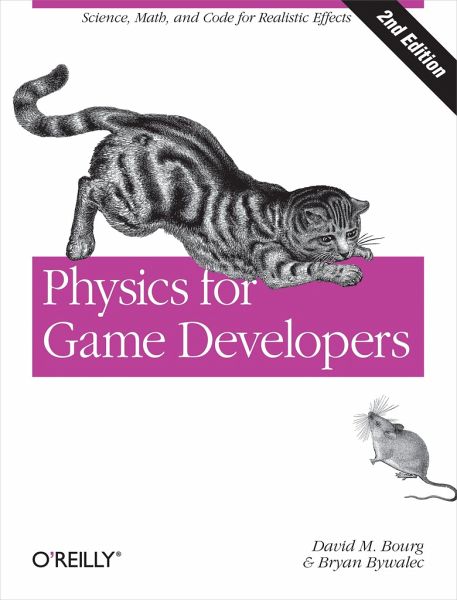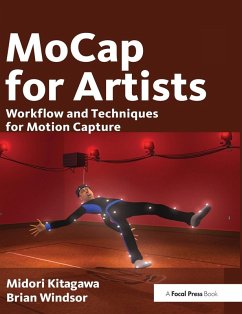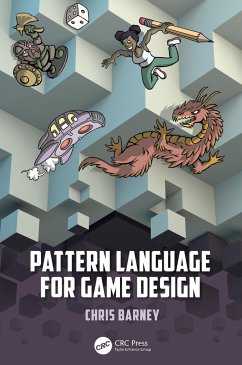
Physics for Game Developers

PAYBACK Punkte
19 °P sammeln!
Game physics has been at the heart of mainstream computer games for years, but recently it's reached a new level with the emergence of Nintendo Wii, PlayStation Move, Microsoft's Kinect, and various mobile devices. This updated bestseller not only provides important knowledge behind bread-and-butter game physics, but helps you leverage exciting interaction gadgets such as accelerometers, touch screens, GPS receivers, pressure sensors, and optical tracking devices. You'll find new chapters on deformable and soft bodies, fluids, and the physics of sound for incorporating realistic effects, inclu...
Game physics has been at the heart of mainstream computer games for years, but recently it's reached a new level with the emergence of Nintendo Wii, PlayStation Move, Microsoft's Kinect, and various mobile devices. This updated bestseller not only provides important knowledge behind bread-and-butter game physics, but helps you leverage exciting interaction gadgets such as accelerometers, touch screens, GPS receivers, pressure sensors, and optical tracking devices. You'll find new chapters on deformable and soft bodies, fluids, and the physics of sound for incorporating realistic effects, including 3D sound. For game developers working alone or as part of a team, this expanded second edition is indispensable. Major topics include: Digital physics learn the physics behind accelerometers and other sensors in smartphones and game consoles Physics of sound get up to speed on a topic generally ignored in other books on game physics Rigid body mechanics become well-versed in the staple of all game physics engines Fluid dynamics create fabulous special effects through the book s accessible treatment of this difficult subject Modeling specific systems design and optimize your physical models with real-world examples













